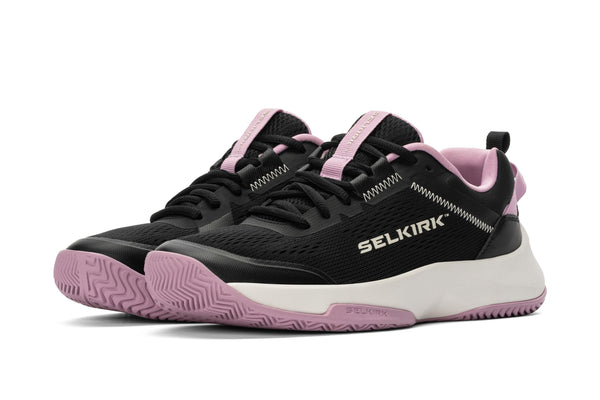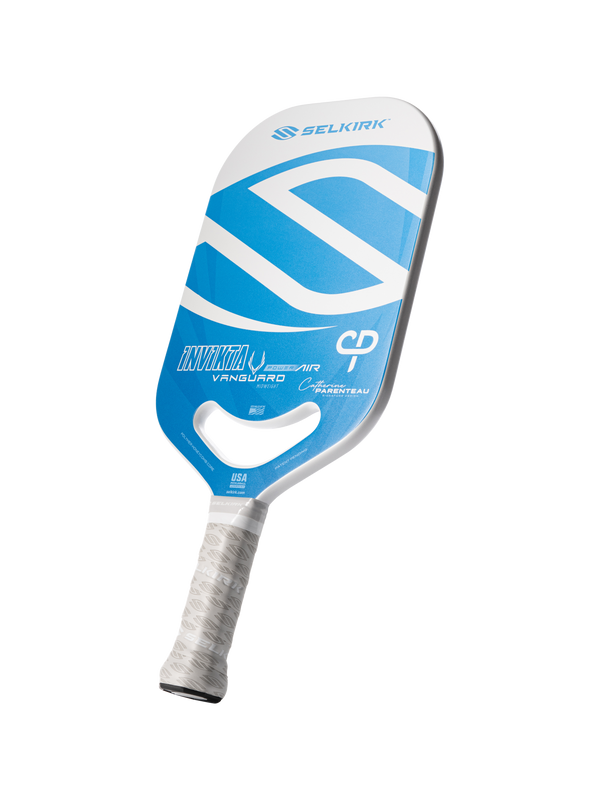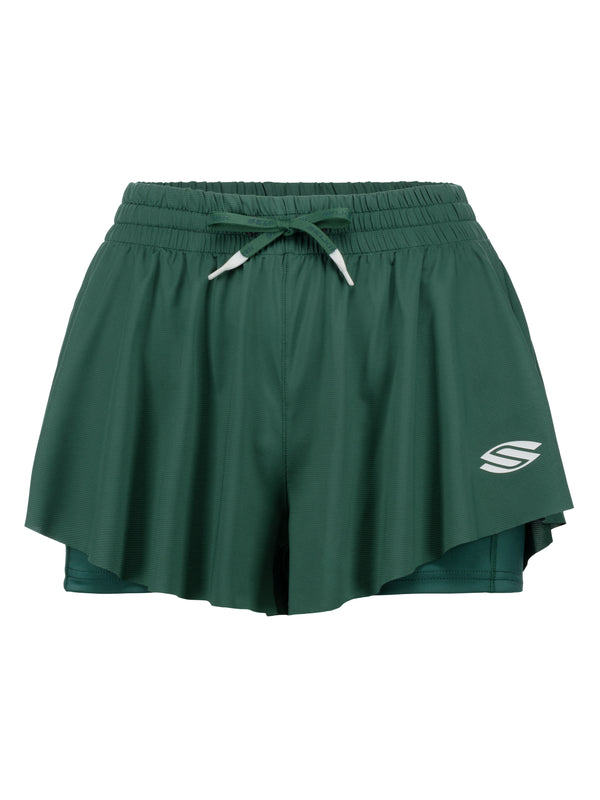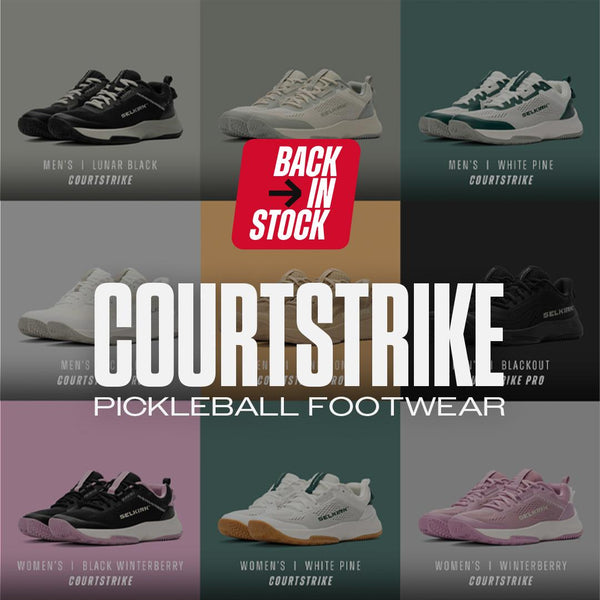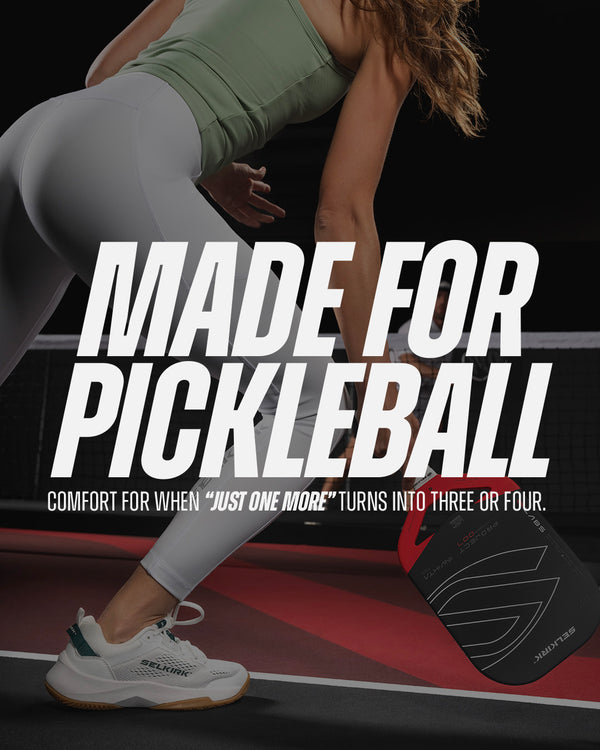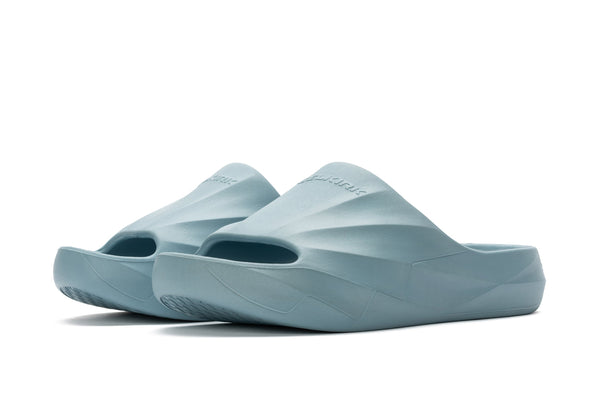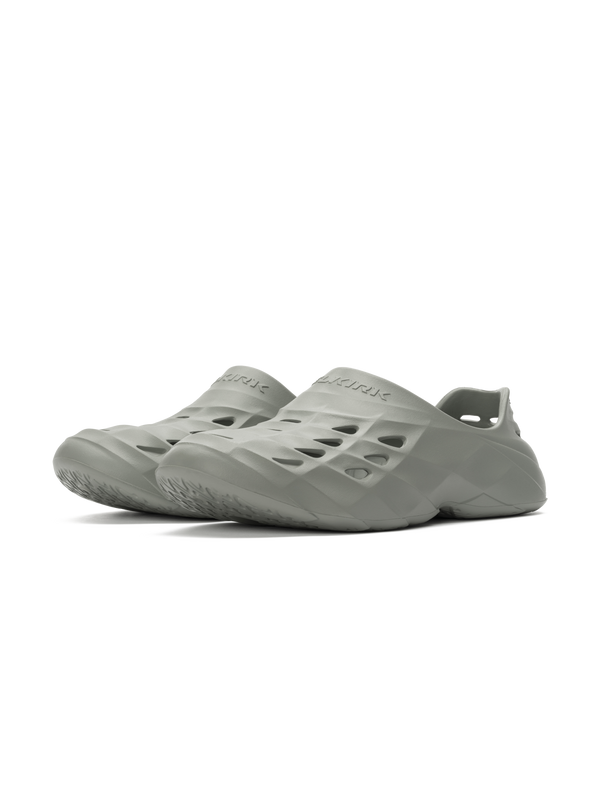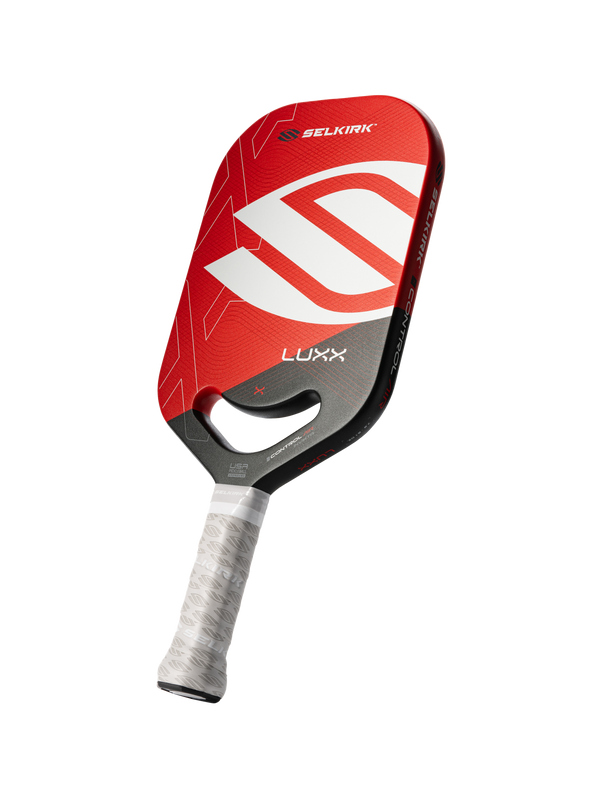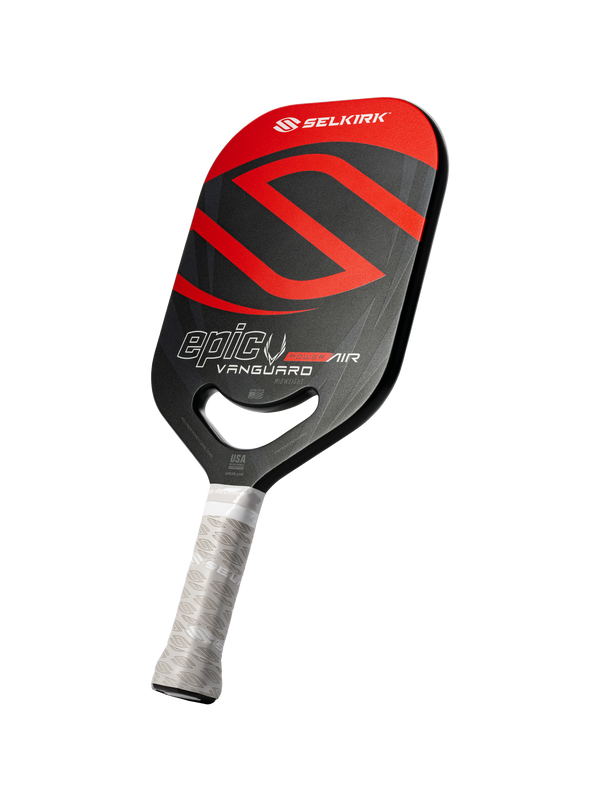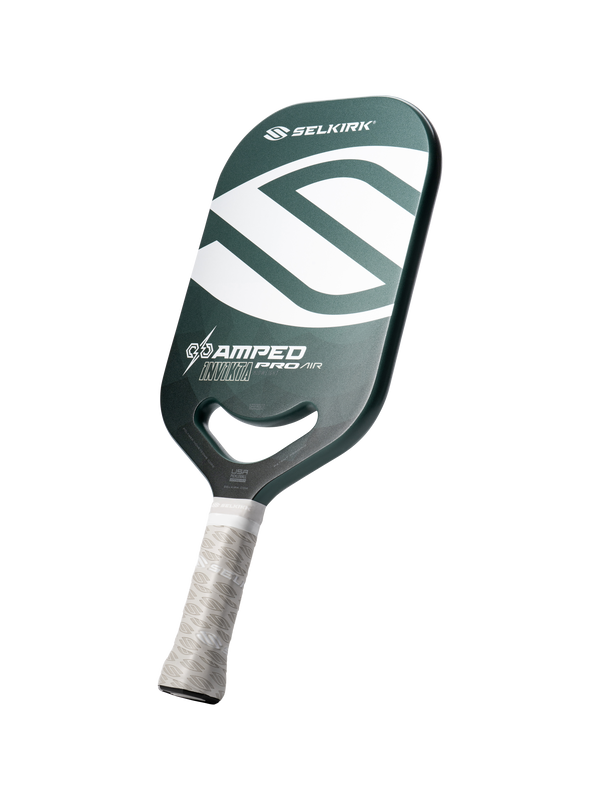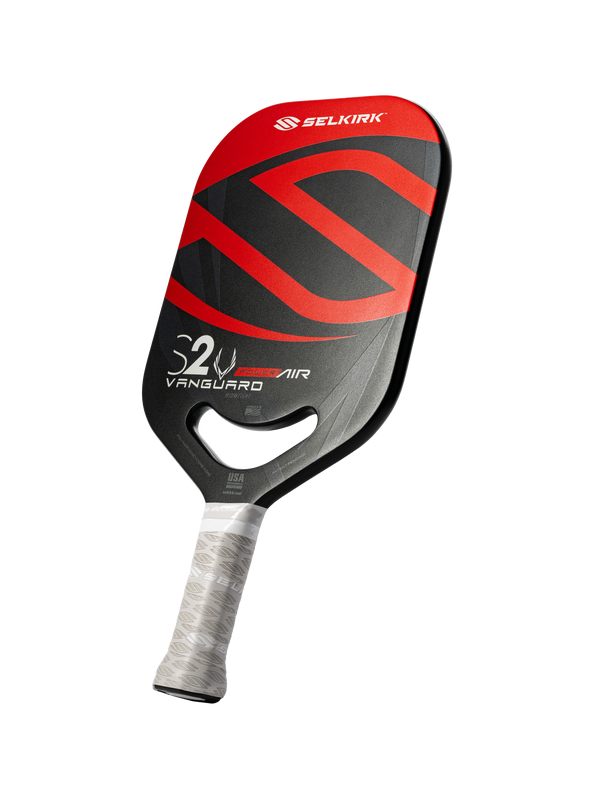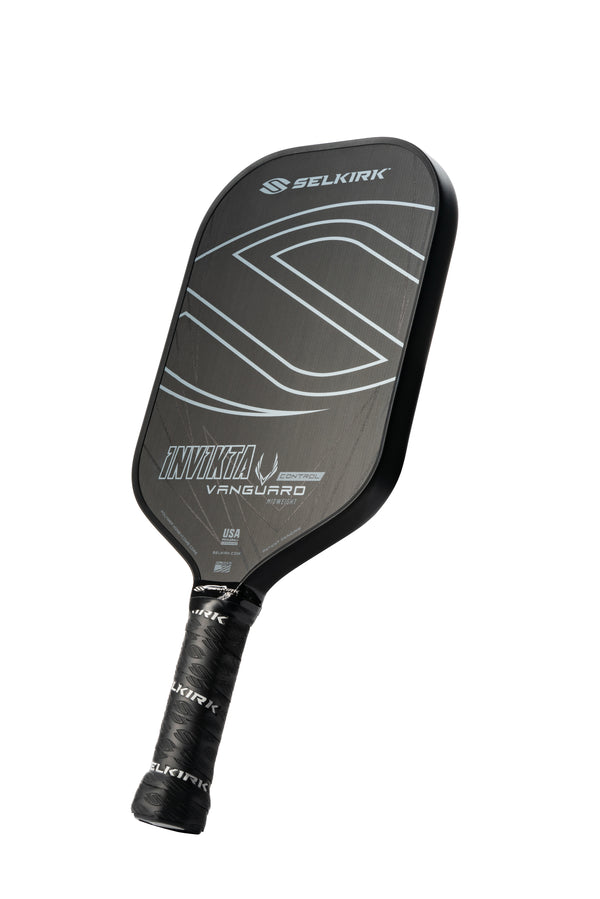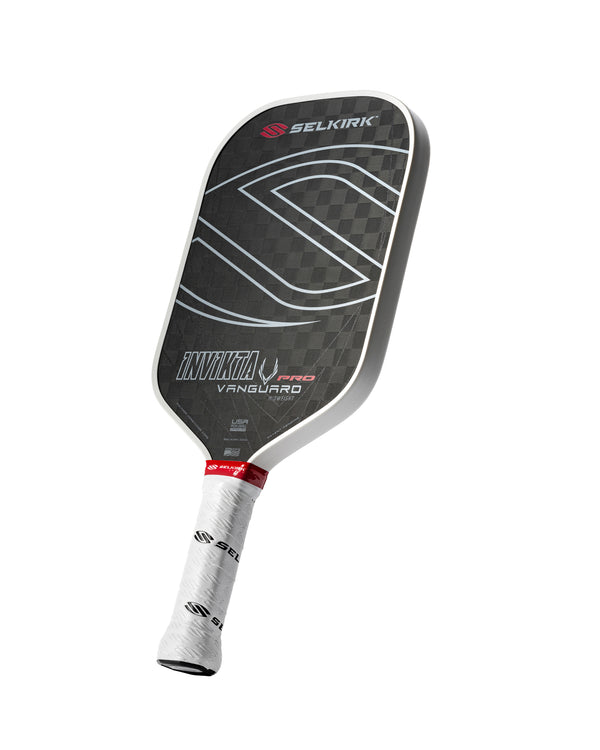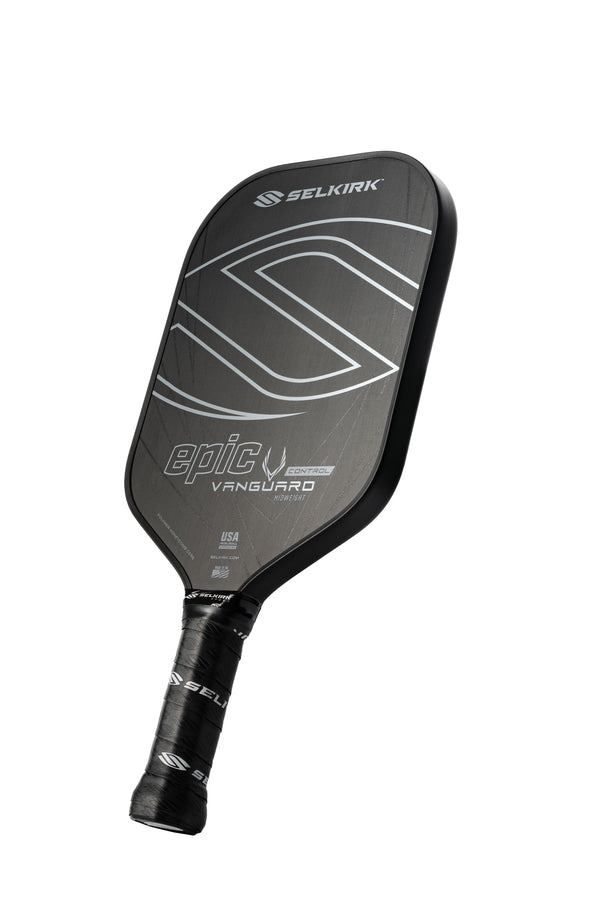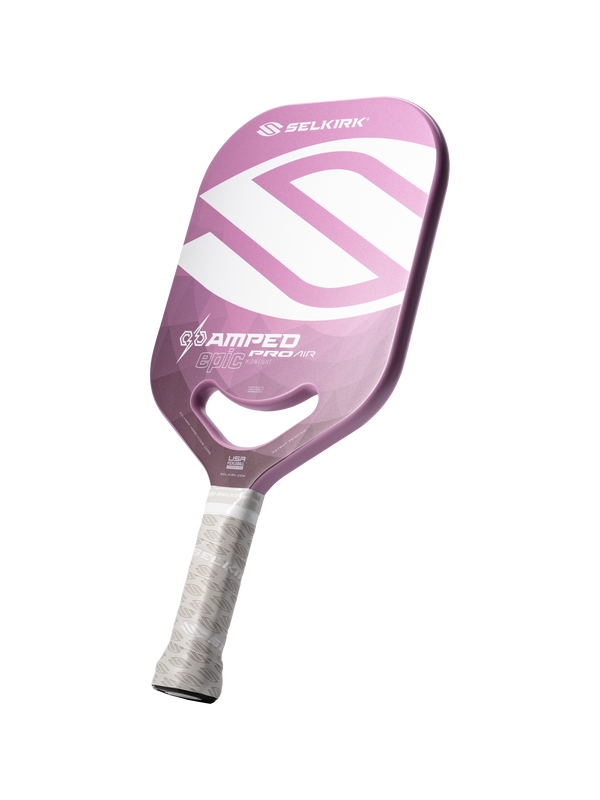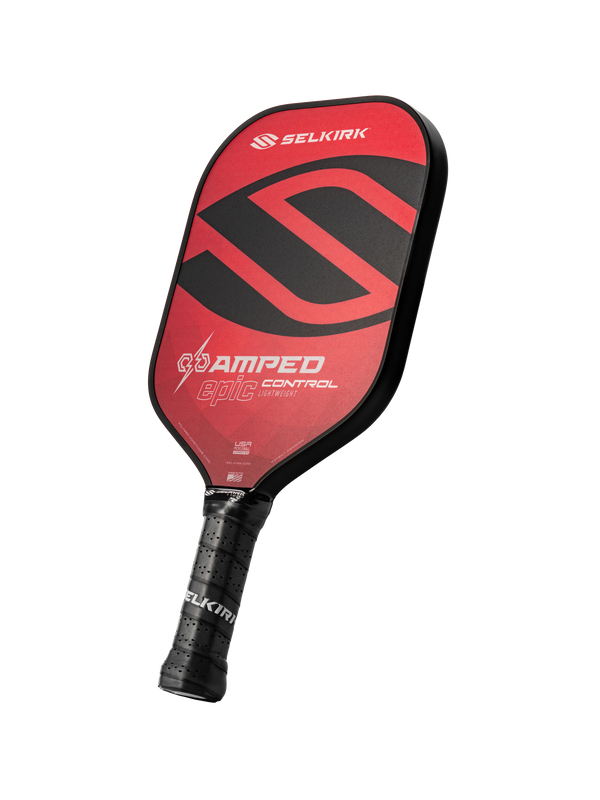
Just like with any exercise, you may feel pain after a long day on the pickleball court. However, there are many steps you can take to help avoid pain and alleviate it should it occur.
In this new Selkirk TV series, Certified Teaching Pro & NASM Corrective Exercise Specialist Dustin Davis walks viewers through the key tenets of pickleball health and injury prevention.
It’s fairly normal to feel lower back pain and pain in your hips after playing pickleball, but there are things you can do at home and on the court to help lessen the pain.
Pain prevention on the pickleball court
When playing at the kitchen line, there is a lot of squatting and lateral movement, which if done improperly, can put unnecessary strain on your back and hips.
When reaching forward at the kitchen line, it’s important to squat properly. Your glutes should be pushed back while keeping your chest up. This will ensure your glutes and legs — and not your back — are doing most of the work.
If your chest is lowered, your back tends to round, causing strain and even pop-up errors. If you keep your chest up, you are loading into your legs and are more easily able to see your opponent’s next move.
As you swing through the ball and rise back up, it’s also important to push through your legs to stand. Many people pull up with their back first, which strains the back. Ensure you are driving your legs into the ground to help stand.
Everyone has heard the phrase, “Lift with your legs.” That sentiment remains true even when all you’re lifting is your body weight.
How to relieve pickleball pain at home
We all want to be able to play pickleball every day, but to stay healthy enough to do so, you need to take time to help recover your muscles while at home.
Here are several exercises you can do with household items to help you relieve your pickleball pain:
Move 1: Using a pickleball to relieve glute pain
As you practice squatting the proper way, you might notice more pain in your glutes. So, grab a pickleball and head to the ground. (It may help you to grab a yoga mat, bath towel, or rug for comfort.)
Sitting on your butt with your hands behind you, place the ball under your right glute and lightly roll until you find the most tender spot. Once you find the tender spot, sit on it. Your left leg will support you and your right leg is free to move around to help you find more tender spots.
A tender spot means you have a knot in your glute. Knots indicate a bound muscle, and when muscles are bound, they can’t function to their full potential. So, if you try to resume activity as normal, other muscles — in this case, your back — go into overdrive to help compensate.
Sit on your tender spot for at least 30 seconds while focusing on breathing slowly in through your nose and out through your mouth. Once you have relieved all the tender spots on your right glute, shift over to your left.
Move 2: Stretching your lower back and hips
After you relieve the knot, it’s important to stretch that muscle. Often, when you release a knot, there is still soreness and tension in the muscle. Stretching the same area then further relieves any soreness.
Head to your couch as normal, with both feet flat on the floor. Then rotate to your right, bringing your knee onto the couch, but leave your foot off. Hinge at your hips and lean forward, moving around to explore where you are tight.
You may feel tension in your lower back, glutes, or hips. Again, find where you are most tense and spend time stretching in that direction while breathing slowly.
Once you have relaxed one side of your body, switch to the other side and repeat the process.
Move 3: Releasing your hip flexors with a pickleball
Now that your glutes are relaxed, it’s time to focus on your hip flexors. Head back to the ground, grabbing a pickleball on your way.
Start in a kneeling position and place the pickleball on your pantline, off to one side of your belly button. Then lower your body to a laying position, keeping the pickleball in place.
Slowly roll over the ball, searching for a tender spot. Once you find a spot, try to relax by breathing slowly. Remain on the spot for at least 30 seconds so that your hip flexors will begin to release.
Once you feel your muscle release, switch the ball to the other side.
Move 4: Stretching your hip flexor muscles
After you have released the tension in your hip flexors, it’s time to stretch them to further alleviate any tension.
Start in a knelt position, with one leg in front of you and one behind you, as if you are about to propose to someone. You may place a towel or pillow under your knee for comfort.
Squeeze your hips and glutes to sit up tall. Squeeze your hips and hold for 5 seconds, release, and see if you can sit up even straighter. Repeat this process for 30 seconds or more and switch to the other side.
As you advance through the stretch, move close to a couch and place your back foot up so that it’s resting on the couch. Your back knee should be placed as parallel to the couch as possible.
Squeeze your hips and glutes to sit up tall. Hold the position for at least 30 seconds, breathing in through your nose and out through your mouth. Repeat on the other side.
Download the Selkirk TV app HERE to watch the complete episode and many other Selkirk TV original shows, podcasts, lesson series from the pros, and much more.


